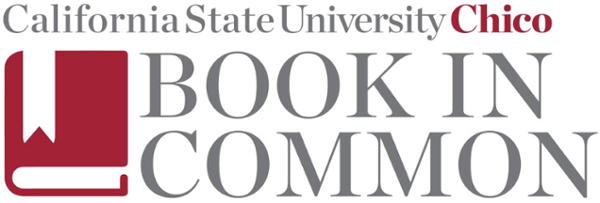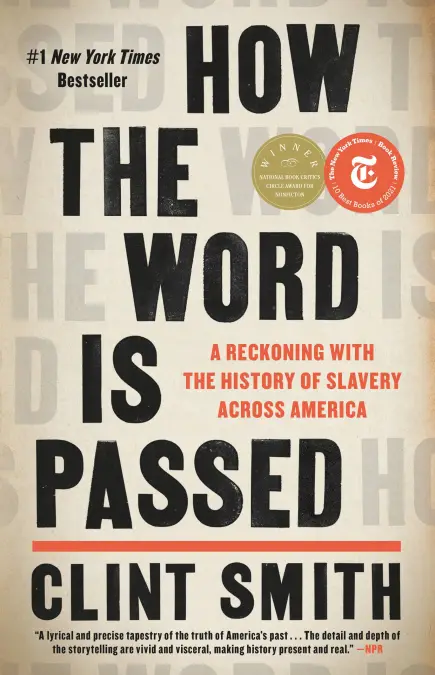- What is the significance of placing this chapter in between Monticello and Angola Prison?
- How do the “heads” at the beginning of the chapter affect Smith? How do they affect you? What tone does the Whitney Plantation – and Smith – create by starting with this exhibit?
- How does the location and history of the Whitney Plantation (pp.56-57) influence the goals and mission of the Whitney exhibitions?
- Compare and contrast Yvonne, Seck, and John’s roles at the Whitney and their connection to the mission of the Whitney Plantation.
- 60-61 introduce an disagreement between those who disapprove with “non-original” items or exhibits on the plantation, and those who approve of them for their symbolic value. Which side do you agree with? Why? Or, does the church add or subtract authenticity?
- What is the “number-one question” that tour guides at the Whitney receive? How does Yvonne respond? See pp.70-71.
- Discuss John’s hope for the Whitney Plantation on the top of p.78. What will be different? Dynamic?
- Smith says that “The Whitney exists as a laboratory for historical ambition, an experiment in rewriting what was long ago rewritten.” What do you think, does it succeed?
- Does the Whitney Plantation tell the truth about slavery? If so, what aspects of the house or plantation are the most honest or dishonest?
The Whitney Plantation
Discussion Questions
Resources
- "Take a Tour of the Whitney Plantation with GoNOLA"
- "Why America Needs a Slavery Museum." The Atlantic.
- International African American History Museum official site
- National Museum of African American History & Culture
Available in Meriam Library
- Araujo, Ana Lucia. Slavery in the Age of Memory: Engaging the Past. London ;: Bloomsbury Academic, 2021.
- Connolly, Robert P, and Elizabeth A Bollwerk. “Case Study 2. Incorporating Descendant Community Voices: The Whitney Plantation.” In Positioning Your Museum as a Critical Community Asset. United States: Rowman & Littlefield Publishers, 2016.
- Johnson, Erik. “Slavery, Tourism, and Memory in New Orleans‘s ’Plantation Country.” Africa Today 65, no. 4 (2019): 100–118.
- Tanglen, Randi Lynn. “Review: The Whitney Plantation by John Cummings, Ibrahima Seck, Ashley Rogers, Laura Amann.” The Public Historian 37, no. 4 (2015): 145-49.


